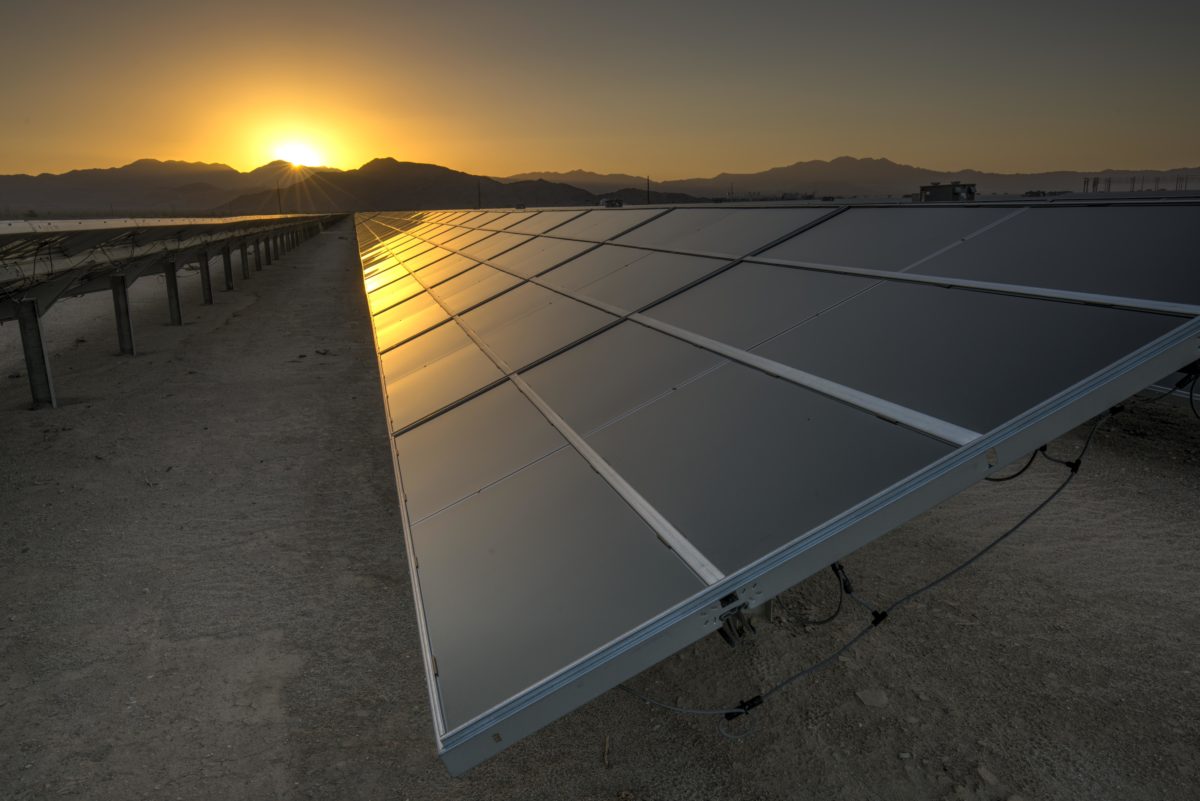A world energized mostly by renewable energy and hydrogen may face low utilization rates in various parts of its integrated energy system and optimal capacity utilization will be key to making this energy system work on a global scale.
This is the main conclusion of the study On capital utilization in the hydrogen economy: The quest to minimize idle capacity in renewables-rich energy systems, conducted by researchers of Germany's Hertie School of Governance, and Norwegian research institute Sintef Industry, and published in the International Journal of Hydrogen Energy.
In the paper, the scientists outlined four different future low-carbon scenarios, two of which describe green hydrogen from renewables as prevailing over blue hydrogen, from natural gas, and two presenting the opposite outcome.
All the scenarios take into consideration how the intermittency of renewable energy may affect capital utilization across the entire electricity-hydrogen system, including transmission and storage infrastructure. “All elements of this integrated system must be included in the optimization to accurately represent the cost of reduced capital utilization caused by variable renewable energy integration (VRE),” the academics explained. “The main finding is that capacity utilization imposes an important economic constraint on VRE integration using hydrogen, regardless of the chosen system development pathway.”
The research team said that different solutions can be applied to shift the cost deriving from low utilization rates from one part of the energy system to another. “Blue hydrogen scenarios are less sensitive due to less VRE deployment, reducing total system costs by the equivalent of about 1% of GDP relative to green hydrogen scenarios,” it stated, adding that a cost-optimal solution was proposed to avoid idle capital in each of the four scenarios. Referring to green hydrogen and its chances to prevail, the academics stressed that its future will depend on the availability of wind power resources, as producing hydrogen with solar alone would result in higher electrolyzer costs, although PV is projected to become cheaper than wind.
In the green hydrogen scenarios, grid costs were found to influence the attractiveness of co-locating electrolyzers with demand, while renewables-electrolysis co-location was influenced by the costs of electrolyzers, as well as by hydrogen transmission and storage costs.”Optimistic technology cost reductions allow large overbuilds of VRE, electrolysis and transmission infrastructure; but such large capital expansion increases the likelihood of cost escalations from public resistance to wind turbines, transmission lines and hydrogen pipelines,” the researchers emphasized.
The blue hydrogen scenarios face similar constraints, although their sensitivity to capacity utilization is mainly limited to the natural gas price. “Low financing costs are key to the realization of these energy systems, particularly those relying on green hydrogen,” the authors of the study concluded. “High discount rates, reflecting the high risk and uncertainty inherent in a rapid and complete overhaul of the global energy system, strongly increase the cost of low capacity utilization.”
This content is protected by copyright and may not be reused. If you want to cooperate with us and would like to reuse some of our content, please contact: editors@pv-magazine.com.




By submitting this form you agree to pv magazine using your data for the purposes of publishing your comment.
Your personal data will only be disclosed or otherwise transmitted to third parties for the purposes of spam filtering or if this is necessary for technical maintenance of the website. Any other transfer to third parties will not take place unless this is justified on the basis of applicable data protection regulations or if pv magazine is legally obliged to do so.
You may revoke this consent at any time with effect for the future, in which case your personal data will be deleted immediately. Otherwise, your data will be deleted if pv magazine has processed your request or the purpose of data storage is fulfilled.
Further information on data privacy can be found in our Data Protection Policy.